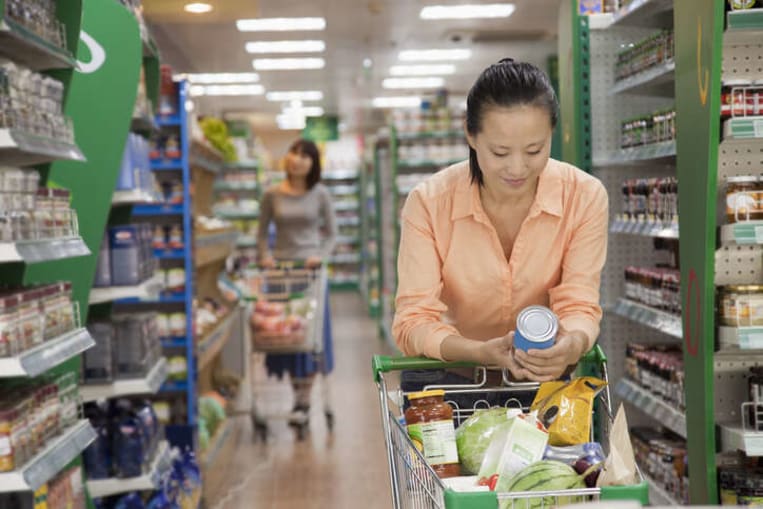
BBB Tip: Carbon neutral? Carbon zero? A shopper’s guide to understanding carbon labels

(Getty Images)
Many brands have begun adding carbon labels to their products, letting consumers know they are committed to reducing or eliminating their carbon footprint. In fact, according to The Carbon Trust, many consumers prefer to purchase products from companies who are concerned about their impact on the environment, which makes carbon labels a good marketing tactic, too.
Still, since carbon labels are relatively new, unregulated, and contain terms that can be difficult for a shopper to understand, it can be hard to separate marketing schemes from meaningful claims. BBB recommends the following tips to help you understand carbon labels and make greener choices.
Understanding carbon labels
- Get to know carbon. It’s important to understand why we’re measuring carbon in the first place. Plants and people release carbon naturally, which is no problem. However, there are other ways carbon gets released into the atmosphere, for example, when we burn fossil fuels. The rate of release of too much carbon emissions causes gasses to accumulate and trap heat in the atmosphere, contributing to global warming. Companies want to help consumers understand the emissions produced by the products they buy.
- Learn to read carbon labels. If a company says it is “carbon neutral,” the sum of its carbon emissions must be offset by natural carbon sinks (think plants or forests) and/or carbon credits. Companies that are “carbon zero” must reduce their emissions across three categories (or scopes) and meet scientific requirements to keep the world under 1.5˚C of temperature rise. You may see packages labeling companies as carbon neutral or carbon zero, so it’s good to know the difference. In addition, many companies now add carbon labels that look like nutrition labels informing consumers of the total number of carbon grams associated with the production and sometimes use of their product.
- Understand carbon label limitations. Carbon labels are not quite mainstream yet, and understanding the practical implications of carbon measurements can be difficult for the average consumer. BBC created a climate change food calculator to help consumers understand the impact of their diet in clearer terms. For example, the calculator shows that drinking dairy milk once a day for a year adds 229 kg to a person’s emissions, the equivalent of driving a gas-powered car 585 miles. In addition, The Washington Post points out that neither the FDA nor the EPA have programs to regulate or standardize carbon labels.
- Visit a company's website for more details. A lack of federal guidelines on measuring and reporting a product’s carbon impact makes comparing labels across companies difficult. You may need to visit a company’s website to find out more about how they measure the carbon emissions associated with their product. A little research can help you determine if a company is simply “greenwashing” its products (advertising or claiming something is environmentally friendly in a deceptive way) or if they are genuinely concerned about its environmental impact.
- Understand carbon labels as a first step. Fast Company acknowledges that for now, carbon labels “can serve as a sign that a company is at least beginning to understand its total impact.” You can be confident that companies that are interested in transparency and willing to put in the effort it takes to discover and report their carbon emissions are taking the first steps to reduce their carbon footprint.
- Find further ways to reduce your carbon footprint. Carbon labels are a good way to calculate and reduce your personal carbon footprint, but stay alert to other ways to reduce your carbon footprint, too. Minimizing your car use, eating a mostly plant-based diet, making green choices when buying clothing and appliances, and avoiding air travel are all ways to reduce your impact.
For more information
For more tips on green living, see BBB’s article on how to shop green at the grocery store.
See BBB's tips on going green on our GreenHQ at BBB.org/green.
Where possible, shop with companies that are BBB Accredited and adhere to the BBB Standards for Trust.
Still Need Assistance?
Contact Your Local BBB
Your local Better Business Bureau can assist you with finding businesses you can trust. Start With Trust®.
Additional Resources
Let BBB help you resolve problems with a business
Research and report on scams and fraud using BBB Scam Tracker
Learn more about the value of BBB Accreditation